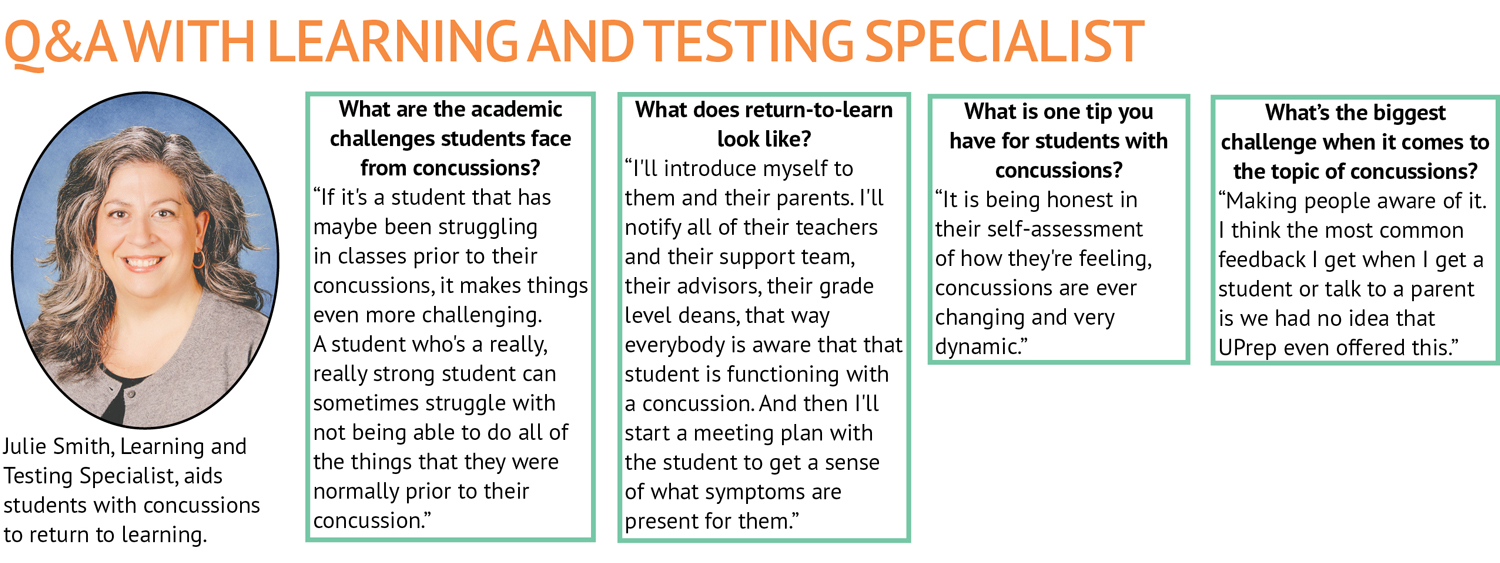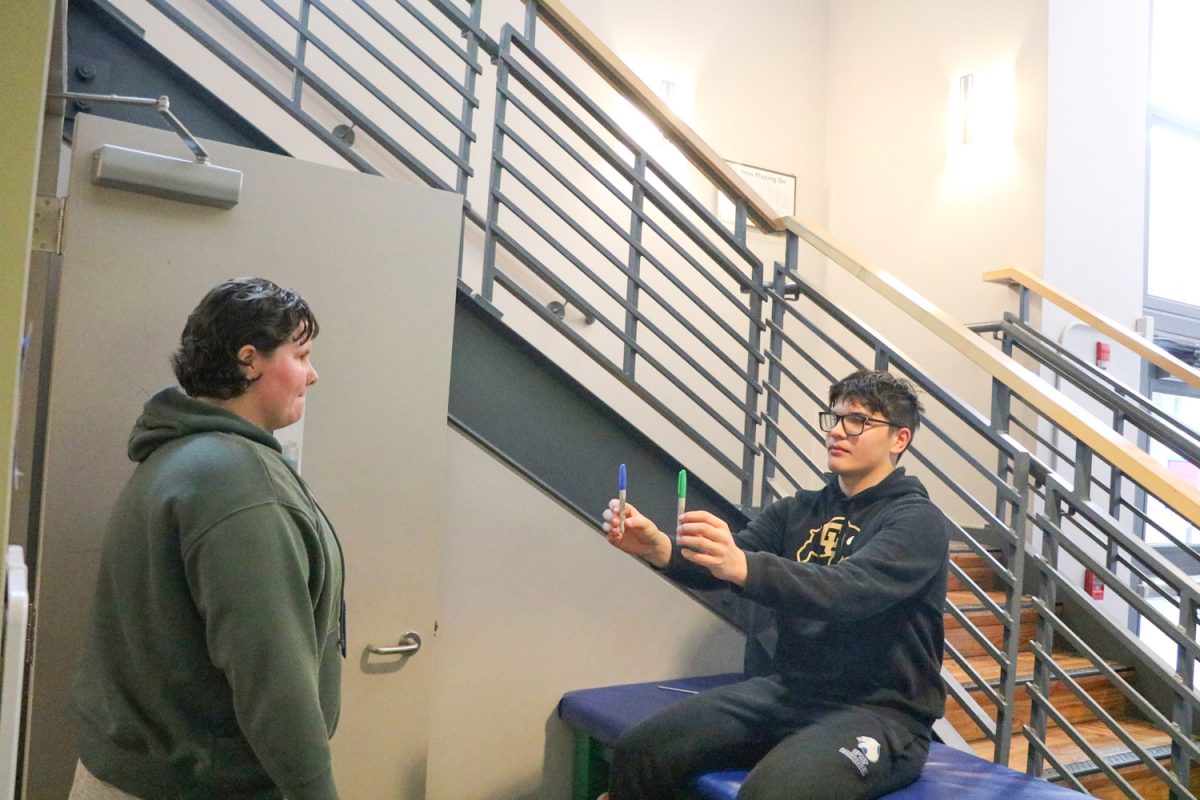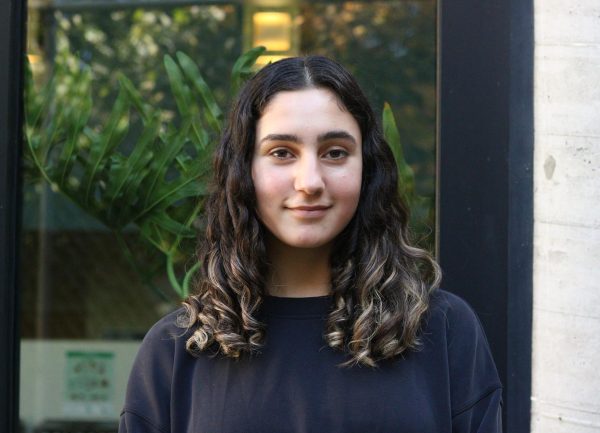UPrep athletics faces an increased concentration of reported student-athlete concussions this spring. According to the National Library of Medicine, concussions are responsible for about 8% of high school sport-related injuries. Yet they have managed to bench a greater number of Pumas at once than in the last year, according to athletic trainer Elise Brady.
During the 2024-2025 school year, 21 concussions were reported among athletes whereas only 10 were reported in the 2023-2024 seasons, according to learning and testing specialist Julie Smith.
“We are now seeing our outreach working for students to know there is support in place for them,” Smith said.
Concussions used to be tested using the IMPACT website, but two years ago, the athletics department began using the Sway medical app and testing more frequently.

“We have people in high-impact or higher-risk sports baseline test every academic year,” Brady said.
Senior Henry Aronchick and ninth grader Cameron Egtvet both suffered concussions after colliding during baseball practice on March 31. It was Aronchick’s second concussion this school year. At one point in the season, he was one of five players on the team with a concussion.
“This one was sort of light,” Aronchick said. “I don’t really think it was that bad, but because it was my second, [Athletic Director and baseball coach Rebecca] Moe and Elise wanted to take extra precautions.”
When it comes to concussions, Brady’s biggest worry is Second Impact Syndrome. According to the National Library of Medicine, it is a condition where someone experiences a head injury before completely recovering from the prior one.
“Essentially, if you get hit again after a concussion, you’re at a greater risk to die,” Brady said.
Ninth grader Abraham Starin suffered two concussions this school year that prevented him from finishing the basketball season and playing baseball.
“I’ve just been sitting out in games where I feel like I could make my presence seen,” Starin said.
Many student-athletes already struggle with school-sport balance, but concussions can set students behind even more, crippling their ability to perform their best on the field and in the classroom. Concussions can cause difficulty concentrating, remembering or learning new information and coping with stress, according to the Centers for Disease Control and Prevention. Increased irritability and fatigue are also possible side effects of concussions.
“I took a nap after school every day, and I skipped a few days,” Starin said.
When getting back up after an obstacle is the norm for student athletes, it becomes hard to identify the right time to jump back in.
Assistant baseball coach George Carlin’s biggest concern is that “they’re not going to have 100% recovery.”
In the case of sports-related injuries like concussions or sprains, Brady believes the best medicine is prevention.
“Injuries in sports are bound to happen,” Brady said. “The best thing you can do to prevent injuries is take care of the basics: eating enough, sleeping, staying hydrated, preparing for your sport and working on body imbalances.”
Brady stresses that sometimes the best decision for student-athletes is not to play their sport, as sports-related injuries may impair their long-term health.
“You only have one brain and you need it for the rest of your life,” Brady said.




